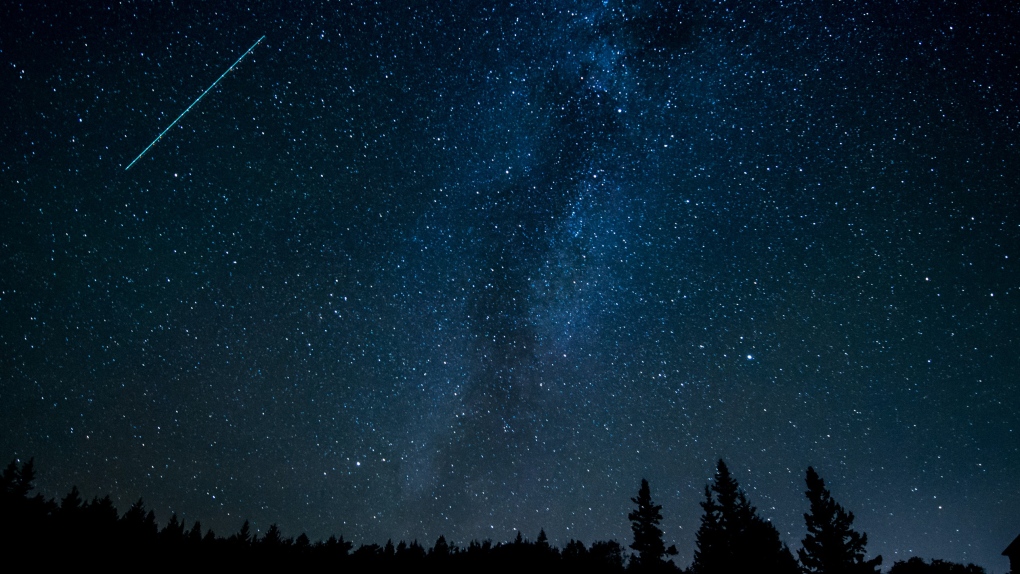Pandemic or Elon Musk? Researchers look at rising UFO sightings

At the start of the pandemic, as many people found themselves spending a lot more time at home or outside than usual, a handful of researchers were curious about the effects of public health measures on a niche area of science: UFO sightings.
Would more people report seeing UFOs during their increased time at home? The answer, according to a new research article published in the Journal of Scientific Exploration last month, is yes — and no.
UFO reports did increase in 2020, but according to researchers, the cause didn’t seem to be the pandemic.
Instead, the culprit — or at least a compounding factor — could be a company owned by Elon Musk.
The articles outlines how researchers believed that because of lockdowns and physical distancing measures, along with an increase in anxiety among populations, there may have been an uptick in UFO sightings.
To test their hypothesis, they looked at data from the National UFO Reporting Center (NUFORC) and the Mutual UFO Network (MUFON), which gather UFO reports from across the U.S., and looked at data from 2018 to 2020 in order to compare data from before and during the pandemic.
They also looked at Google Community Mobility Reports to see the general level of mobility of populations during these time periods, as well as the levels of COVID-19 cases and deaths in order to create a picture of when anxiety and stress may have been higher among communities.
In 2020, there was a clear uptick: around 600 more reports were logged in each database compared to pre-pandemic levels.
But where and when these reports came from didn’t seem to correlate with mobility records or with levels of COVID-19.
Without any clear links for the increase in reports, researchers looked for any compounding factors.
What they found was Elon Musk’s SpaceX.
Starting in late 2019, SpaceX started regular launches of Starlink satellites, which provide satellite internet coverage to 50 countries.
These launches include up to 60 satellites at once, adding significantly to the number of small, flying objects in the sky.
Researchers saw that there was a correlation between the timing of Starlink launches and increases in UFO sightings, meaning that many 2020 UFO sightings may have been of terrestrial origin, rather than extraterrestrial.
When researchers removed the sightings that seemed to be connected to Starlink launches, they actually observed a drop in overall sightings reported to NUFORC in 2020 compared to pre-pandemic years.
Although the result was different than researchers had hypothesized, it’s still clear that UFO sightings often have human explanations.
“This study sheds light on the potential impact of social factors on UFO reporting,” Mark Rodeghier, Scientific Director of the Center for UFO Studies, said in a press release.
Starlink has launched more than 3,000 satellites so far, something which astronomers have been raising concerns about for years.
Being mistaken for UFOs isn’t the only way they’re impacting our view of the night sky. The satellites are increasingly showing up as thin streaks in photos of deep space, cutting across telescope views as our atmosphere becomes more and more cluttered.
A 2022 study reported that Starlink satellites, which currently make up the largest low-Earth orbit constellation, had created 5,301 streaks across archival images scientists had taken of the night sky. The satellites interfere the most heavily with twilight observations, which is the best time for identifying asteroids appearing close to the sun. According to the study, just 0.5 per cent of space images taken at twilight were affected by satellite distortion in 2019, but 20 per cent were affected at the end of the study period.
Starlink is aiming to hit 10,000 satellites by 2027. Whether or not that will correlate to 10,000 extra UFO sightings along the way remains to be seen.


